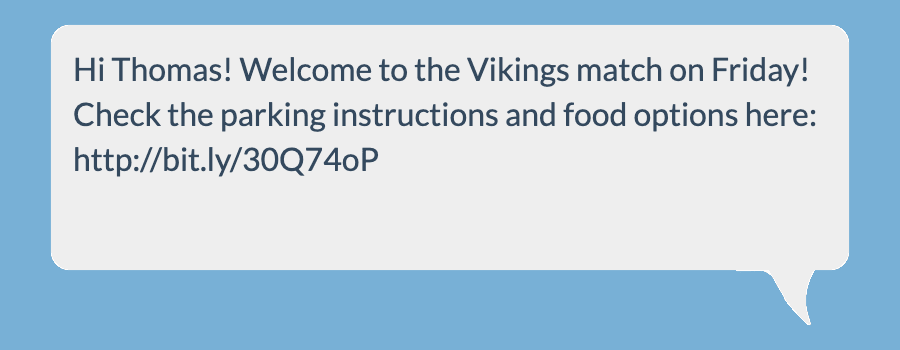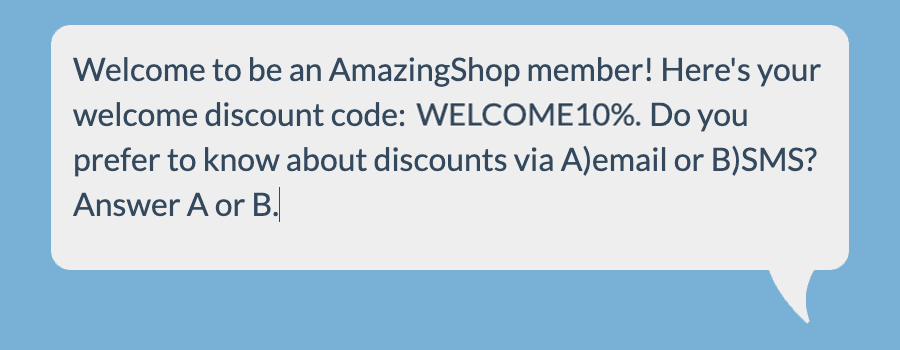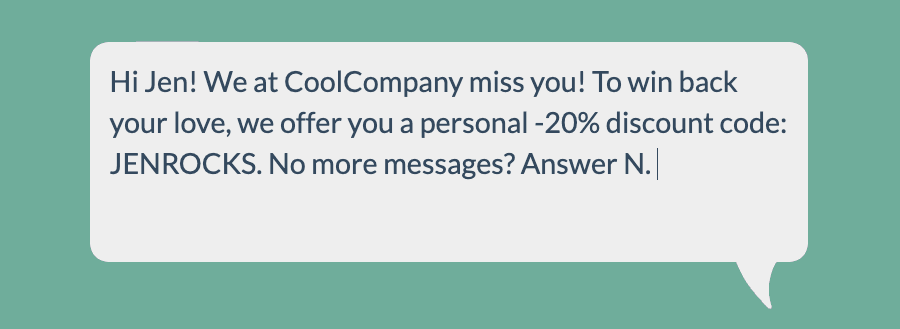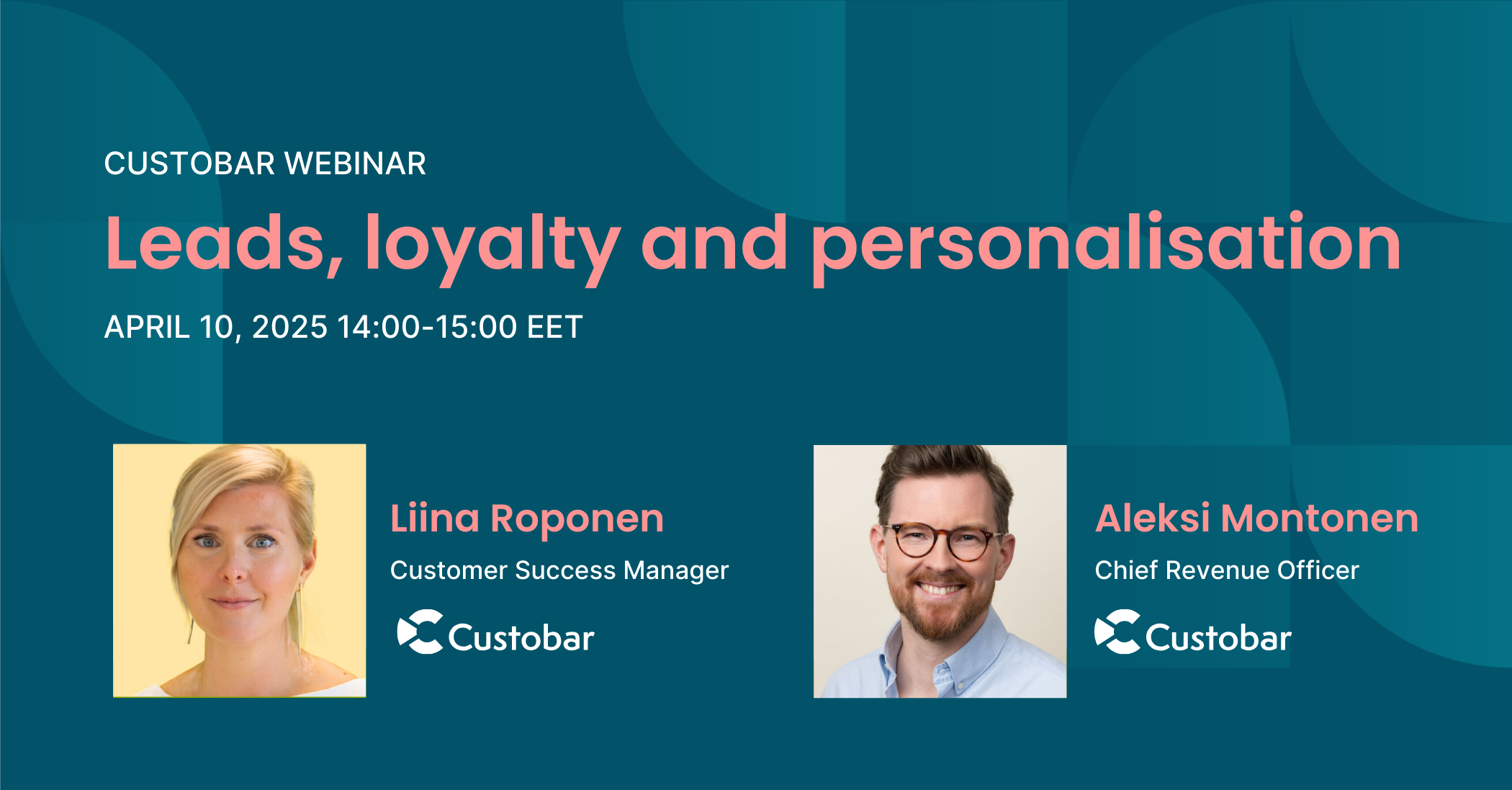Marketing trends may change, but the timeless strategy of targeting the right client with the perfect message at the ideal moment will always remain in vogue! SMS Marketing has been proven to be a particularly efficient communication channel. With average opening rates of 98% (vs. 20% for emails) and CTR of up to 36% (vs. 2.5% in email marketing), SMS Marketing outperforms Email Marketing by far.
Recognising the sheer potency of SMS Marketing is only the beginning. To truly harness its power and achieve substantial customer engagement, marketers must craft messages that are not just seen but welcomed by their audience.
Below, we will explore five types of SMS Marketing messages that can transform how consumers perceive and interact with your brand, making every message an opportunity to enhance customer loyalty and drive sales.
Transactional SMS for effective communications
Transactional SMS are communicative, one-to-one text messages that inform customers about their purchases, processes and any other valuable information they might need. They are ideal for notifications about shipment, delivery and order status. They also function well as appointment confirmations, appointment reminders, and other customer service matters.

Automated transactional texts save resources and deliver top-notch customer service. Clients opting out of Marketing SMS still want their welcome texts, notifications, and reminders. The advantages of SMS transactional messages are their speed, convenience, and affordability. They bypass spam filters and boast up to 98% open rates.
Boosting Sales and enhancing customer experience through Marketing SMS
SMS Marketing, or Text Message Marketing, significantly boosts revenue and cultivates customer loyalty. It excels at enhancing brand recognition, driving engagement, and stimulating sales. With instant delivery and recipients often responding swiftly, SMS Marketing boasts impressive open rates upwards of 90%. What more could one ask for? Employing SMS Marketing strategies can result in an ROI that rivals can only envy.
Here are examples of our successful and impactful SMS Marketing campaigns:
1. Send an incentive message via SMS to join your customer loyalty program

2. Text Message Marketing is a powerful medium to inform customers about discounts and sales announcements. Since many customers join loyalty programs to stay updated on deals and discounts that interest them, it stands out as an exceptional method for fostering and preserving customer loyalty. In turn, rewarding your customers also brings rewards your way.

3. Activate customers that you haven’t heard from for a while. Segment your customers – for example, by utilising Custobar's RFM matrix – to learn who they are and approach them with a tailored SMS campaign. As in Email Marketing, remember to give your customers the option to opt out.

4. Engage actively in two-way SMS Marketing. This could be a customer satisfaction survey, an inquiry directed towards a customer whose email has bounced, or a poll designed to enhance your customer data. It's perfectly fine to include multiple questions.
Elevate your SMS Marketing: from bulk messaging to personalised engagement
SMS Marketing may be a mass media, but it should not be bulk advertising. Instead of sending the same texts to all your customers, stay relevant and exciting with customised messages. You can automate birthday wishes with personal discount codes to take this even further.








